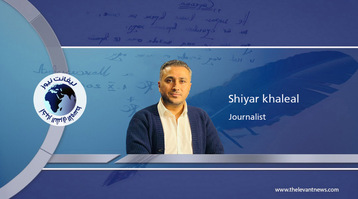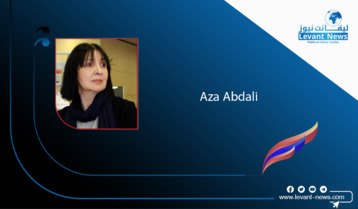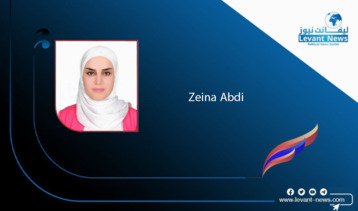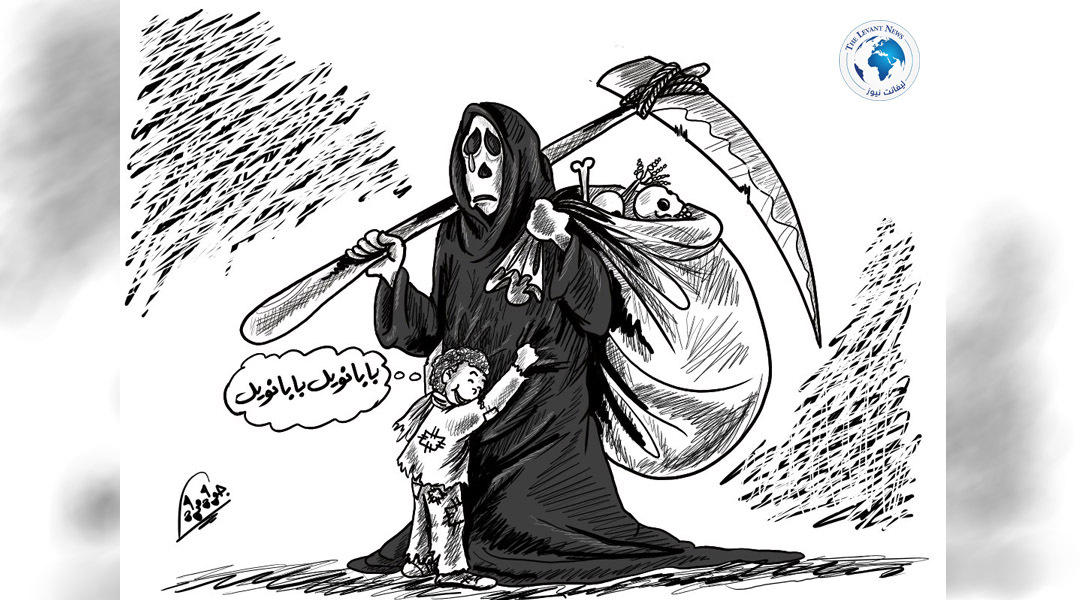-
Syria and the Post-Iranian-Israeli War Train

On October 29, 1956, Israeli forces landed deep inside Sinai and advanced towards the Suez Canal.
On October 30, 1956, Britain and France issued an ultimatum to cease fighting between Egypt and Israel, demanding both sides withdraw 10 km from the Suez Canal and accept the occupation of canal cities by Anglo-French forces to protect international navigation. If rejected, forces would intervene militarily.
This protocol, known as *Sèvres* or *the Tripartite Aggression*, is viewed by historians as a turning point that changed the face of the Middle East and established the new global order emerging from World War II. Britain and France’s decline as colonial empires in the region was cemented, while the influence and stature of the two Western powers diminished in favor of the United States, which became the sole superpower on the international stage.
At that time, Israel closely analyzed this new power balance. Its goal was to remain, control, and lead the region by securing American interests. Conversely, Gamal Abdel Nasser, initially supported by the U.S. to diminish British influence in countries like Syria, Saudi Arabia, Jordan, and Yemen, made a strategic mistake—either out of political ignorance, lack of experience, or lack of wisdom—by aligning himself with the Soviets, becoming a significant obstacle to Western interests in the Middle East.
Decades later, with the decline of Arab influence and Iranian expansion across the region, Persia (Iran) pursued its interests through confrontation with the West, building proxies on foreign soil. Iran grew to have the greatest influence, striving to possess nuclear weapons to project imperial dominance over regional states.
On October 7, 2023, the *Flood of Sanoor* (a major escalation) against Israeli towns in Gaza’s outskirts found Iran in an unexpected and contradictory position—one it did not desire.
The strategy of support fronts Iran employed to leverage its proxies proved ineffective with Netanyahu, a man whose cruelty is relentless and who sees Iran as either to be destroyed or to destroy you. His philosophy is clear: “Iran is an enemy, either destroy it or let it destroy you,” with minimal coexistence involving pushing Iran back behind its borders, destroying its nuclear capabilities, and dismantling its missile strength.
Iran made a mistake by not grasping the significance that the keys to the Migrants’ Palace in Damascus — held by the Assad regime, which toppled the Axis of Resistance and cornered Hezbollah among Syria’s enemies — now lie with the veteran resistance figure Hassan Nasrallah and Qasem Soleimani. Their absence did not deter Iran from maneuvering around President Trump’s "keys to hell" policy, which granted Iran a sixty-day ultimatum. On the 61st day, Netanyahu was authorized to redraw the Middle East’s map, beginning with the *Massacre of Generals and Nuclear Scientists* on June 13, 2025, awakening the region to Iran’s fragile, perforated fortress.
Tehran has few options—indeed, none but to remain within the tunnel of destructive Israeli strikes. Only Trump’s clock can signal when Israeli flights will cease pounding Tehran, and it’s certain that the Supreme Leader will eventually swallow the bitter pill, losing its nuclear and missile capabilities. After this moment, Iranians will be preoccupied with patching their political, economic, and military wounds. The final chapter of shaping the Middle Eastern map will have been completed, with some countries falling off the map and new ones emerging. It remains uncertain who will hold monopoly over regional management—Saudi Arabia, Turkey, Qatar, or Israel, which could reach a level of influence that forces regional players to accept its terms.
If Syria once joined the Soviet train with Nasser’s Egypt after the Tripartite Aggression, then which train will Syria board after the Israeli-Iranian war? Will it follow Assad’s route or another? Trump, holding his iPhone, will tweet anew—what will it be? God knows.
Dr. Osama Ahmed Nizar Saleh
You May Also Like
Popular Posts
Caricature
opinion
Report
ads
Newsletter
Subscribe to our mailing list to get the new updates!




















